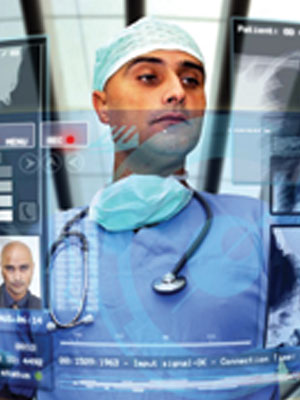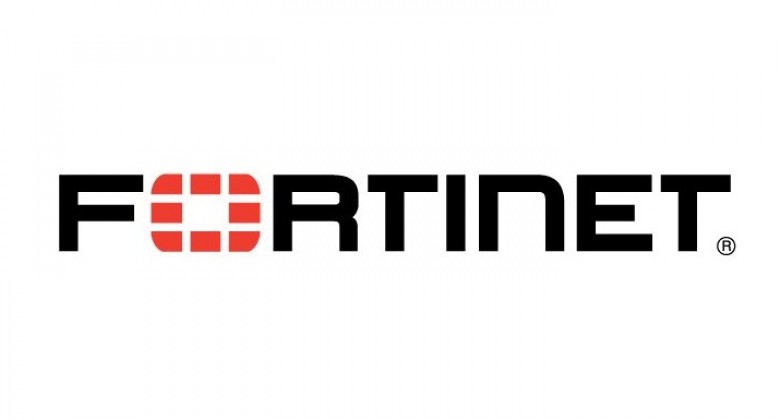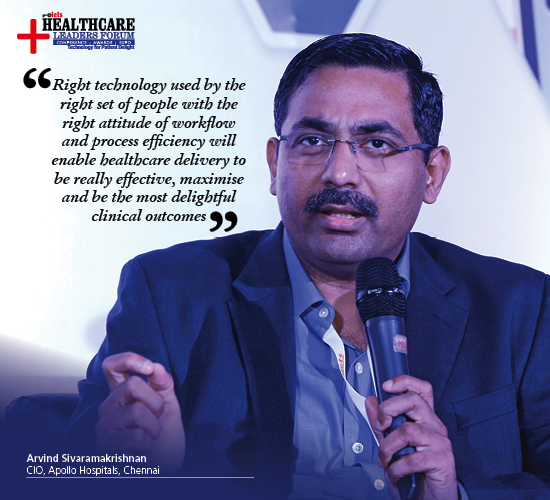
Usha Subramaniam, Head Pre-Sales, Blue Star Infotech
Today, the business of saving and caring for patients qual- ity of life is being constantly challenged by time and a need to im- provise, more than ever. Things need to get done in as less time as possible while maintaining a high degree of quality and efficiency. The role of IT to help realize this is now paramount.

A study by Accenture Inc identifies following key trends:
Devices are generating new levels of data:
Medical devices are starting to generate large volumes of data about the treatment of individual patients, allowing for personalized and more effective treatment of symptoms as well as an opportunity for healthcare organizations to differentiate themselves. Worldwide sales of smart clothes (wearable textiles that have integrated electronic devices) is slated to jump.
Cloud based platforms are enhancing patient transparency:
Integration of insurance payments and healthcare providers into one digital cloud platform can enable better transparency and choice for patients.

Remote diagnostics are spreading:
Innovation such as remote consultancy, wearable technology and virtual aided surgery will provide patient flexibility, improved outlooks, reduced overhead for healthcare providers and patient transparency.
Digital Transformation with New Age technologies like Big Data, Analytics, Cloud and Mobility offer great opportunities for improving operational efficiencies, reducing costs and implementing patient centric processes to make a real difference to the entire healthcare paradigm. Right strategy for cloud technology adoption can help providers move from the costly infrastructure of their legacy systems to cloud based services with low cost operational expenses.
Patient information mostly resides in silos today in various unstructured forms, hand written notes, and paper medical records. When all this information is structured in EHR systems and analyzed using Big Data/Analytics for real-time insights, it can help present a comprehensive view to the physicians for the right line of treatment saving time – thus enhancing multifold the chance for successful outcomes.
Rapidly changing role
As healthcare is witnessing a revolution in IT, the role of CIOs is undergoing rapid changes. The IT function is now a key partner in strategizing the business of the healthcare service enterprise, from being only the owners of the information infrastructure backbone not so long ago. They now need to understand the service delivery processes and business priorities of the enterprise and help strategize where and how technology can be integrated / upgraded to deliver target patient-outcomes, reduce cost and increase efficiencies. They also need to get buy-in from senior management for budgets by sharply forecasting the potential ROI for the proposed spend. Challenges of user adoption of new processes / technologies across differently skilled and goaled user communities (doctors, nurses, technicians, administration) would be heightened. All of this calls for the CIO and his team to drive appropriate selection and usage of formal processes and tools for IT Services Management (ITSM), education and training on Digital (SMAC) Technologies that can aid the transformation of the healthcare enterprise and social collaboration tools with the healthcare community in IT for real time learning from each others experiences.
Be a part of Elets Collaborative Initiatives. Join Us for Upcoming Events and explore business opportunities. Like us on Facebook , connect with us on LinkedIn and follow us on Twitter , Instagram.









